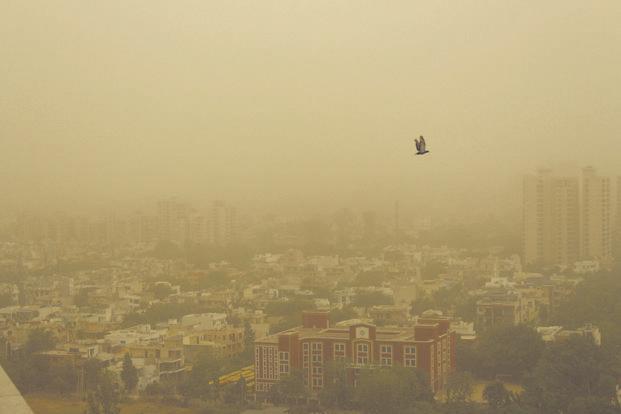
NEW DELHI: After yesterday’s Dussehra celebration, Delhi’s air quality, which had improved in the past few weeks, has plummeted back to hazardous levels, according to data from several monitoring stations of Delhi Pollution Control Committee. The pollutant concentration level of Delhi air began dipping from 10 PM as the effigy burning along with preexisting emissions loaded the air with PM 10 to 950 µg/m3, which is nearly 10 times of the acceptable limit of 100 µg/m3.
The presence of Carbon Monoxide (CO) also increased from 0.9 at 6 pm to 6.4 at 10 pm, higher than the prescribed standard of 4 mg/m3.
Data from Central Pollution Control Board reflects that the overall Air Quality Index of Delhi has shot up to 337, which falls in to the ‘very poor’ category and is the highest pollution level measured this fall. A CPCB official said a number of factors were responsible for the deteriorating air quality, including vehicular pollution, construction activities and meteorological factors like the direction of wind which is now flowing from stubble burning areas.
In South Delhi’s R K Puram, the PM 10 levels were 320 µg/m3 at 10 pm, more than twice the figure recorded prior to the evening’s celebrations. At India Gate, the concentration of nitrogen dioxide was well above the norms of 80 µg/m3 air. Overall, 31 places in Delhi recorded ‘very poor’ air quality while two areas (CRRU Mathura Road and Dwarka Sector 8) showed ‘severe’ air quality levels.
Further aggravating the situation, the air pollution in the National Capital Region (NCR) in the coming few days will increase as a result of dry weather conditions due to the delayed withdrawal of monsoon and stubble burning in Punjab and Haryana.

